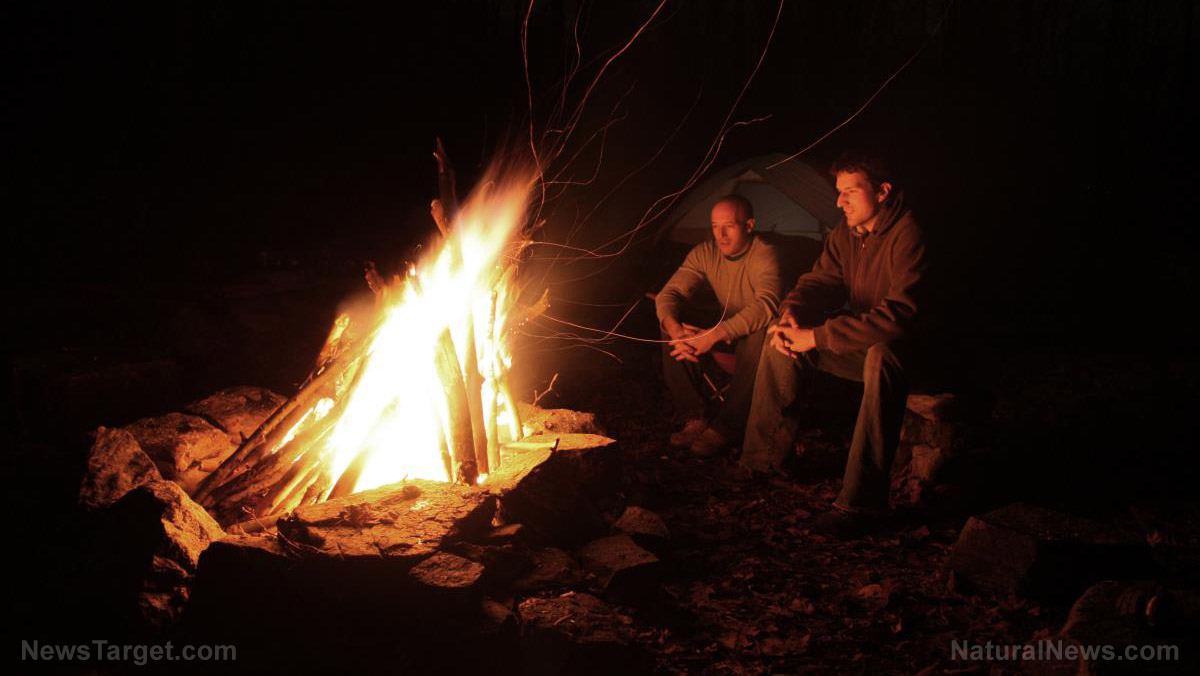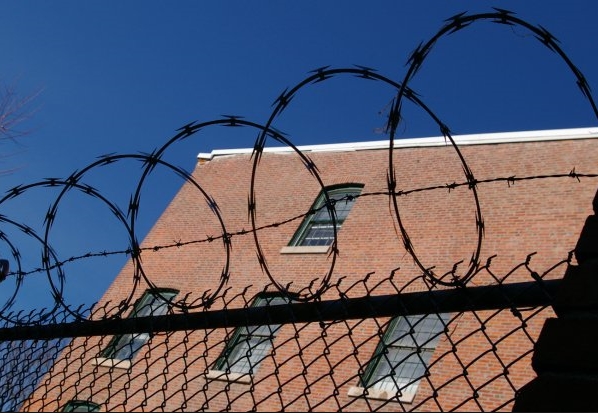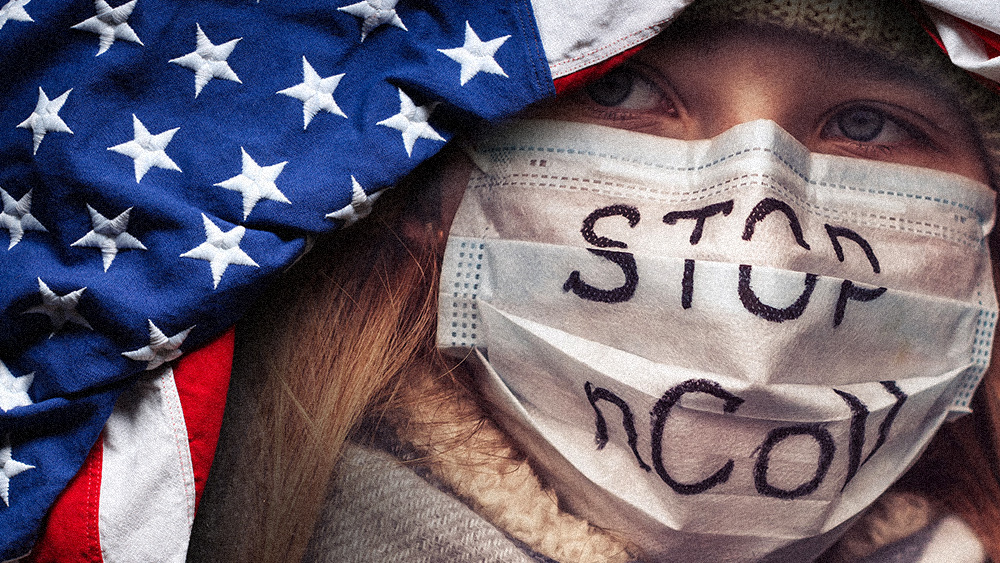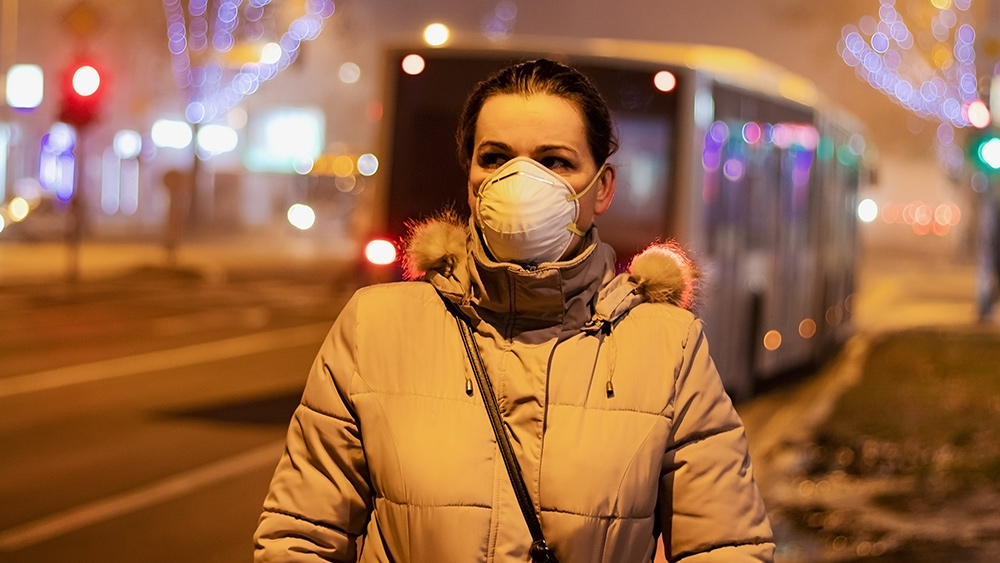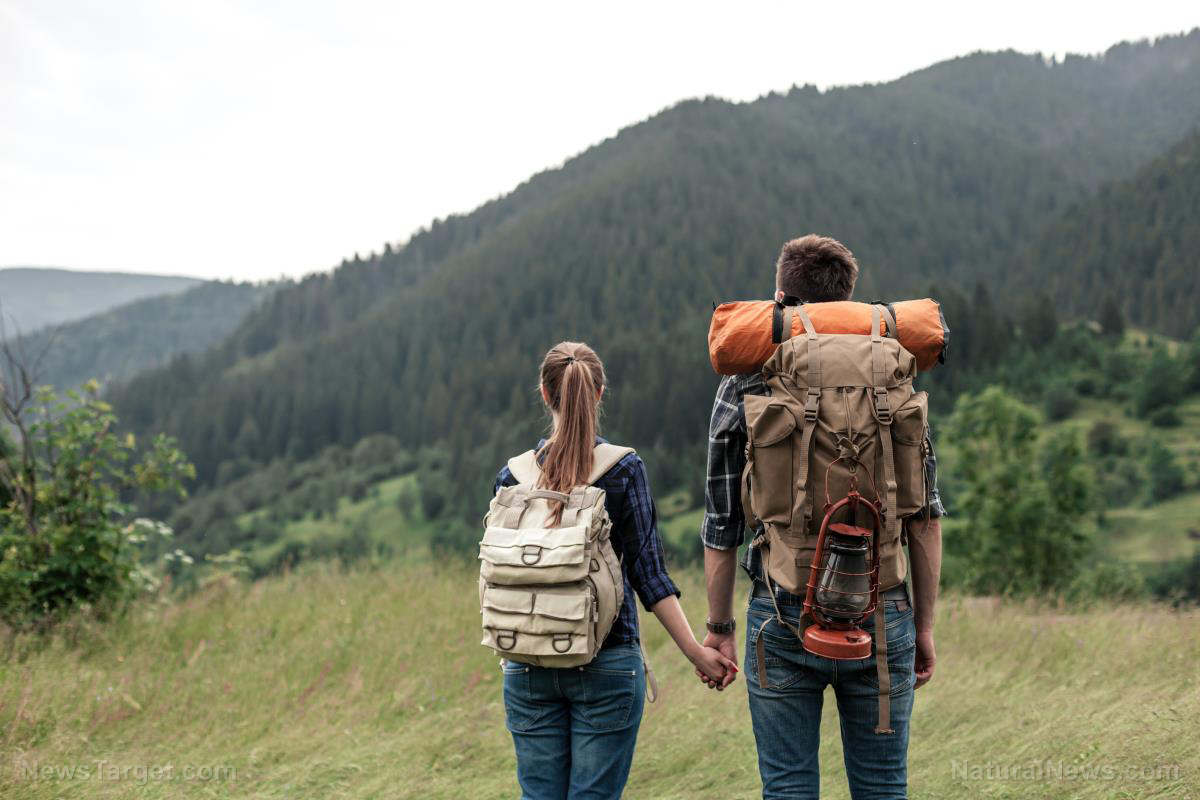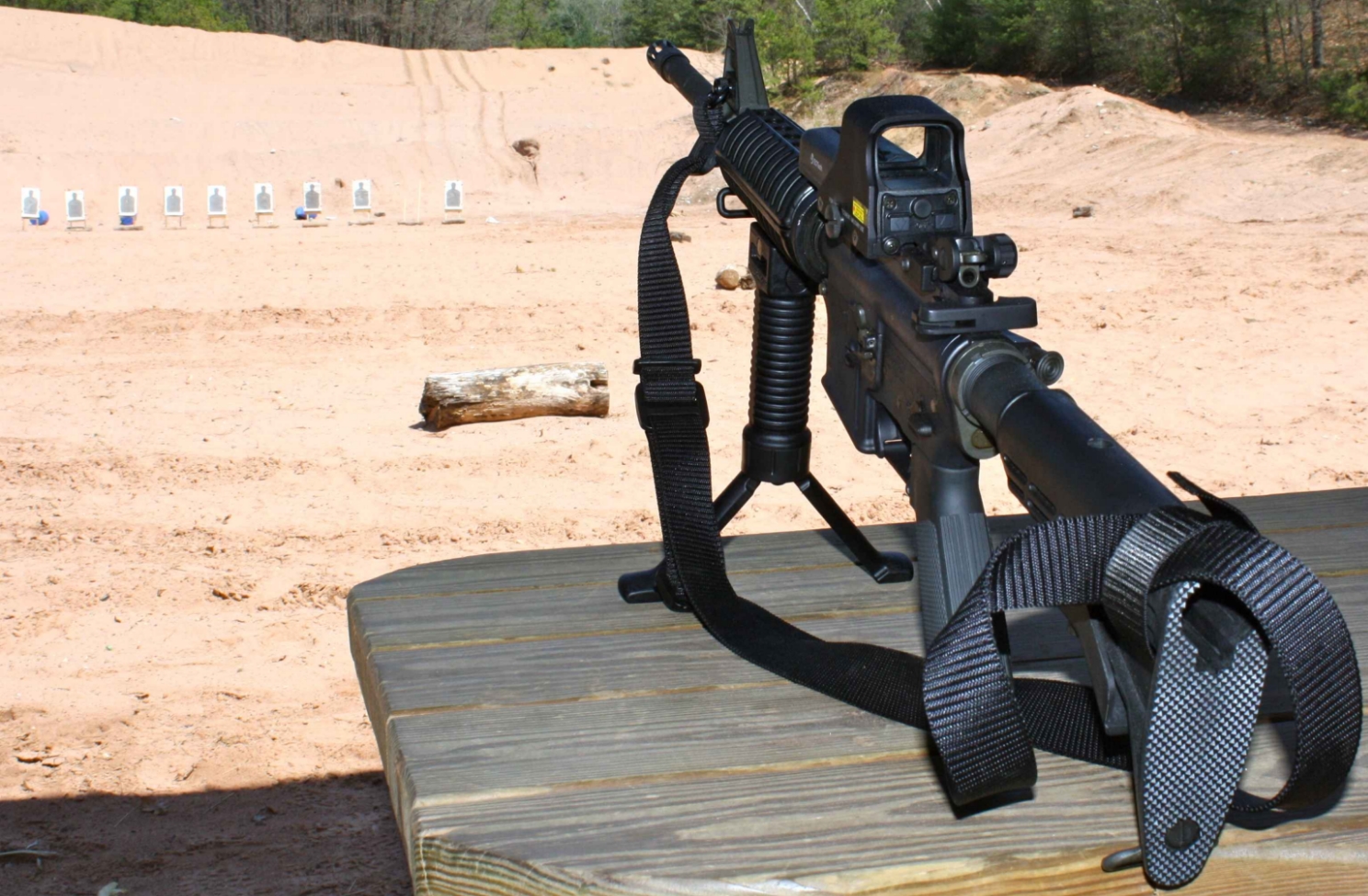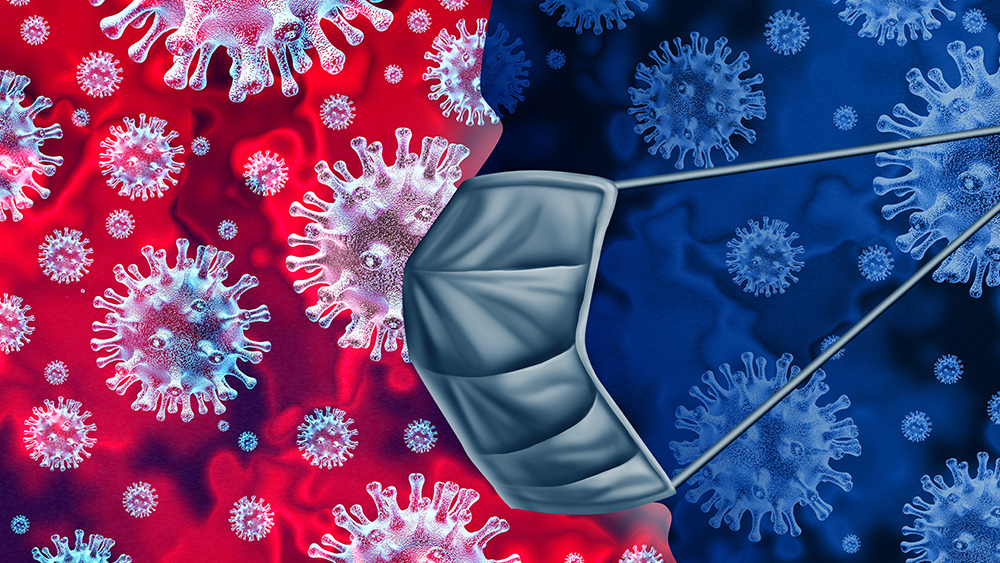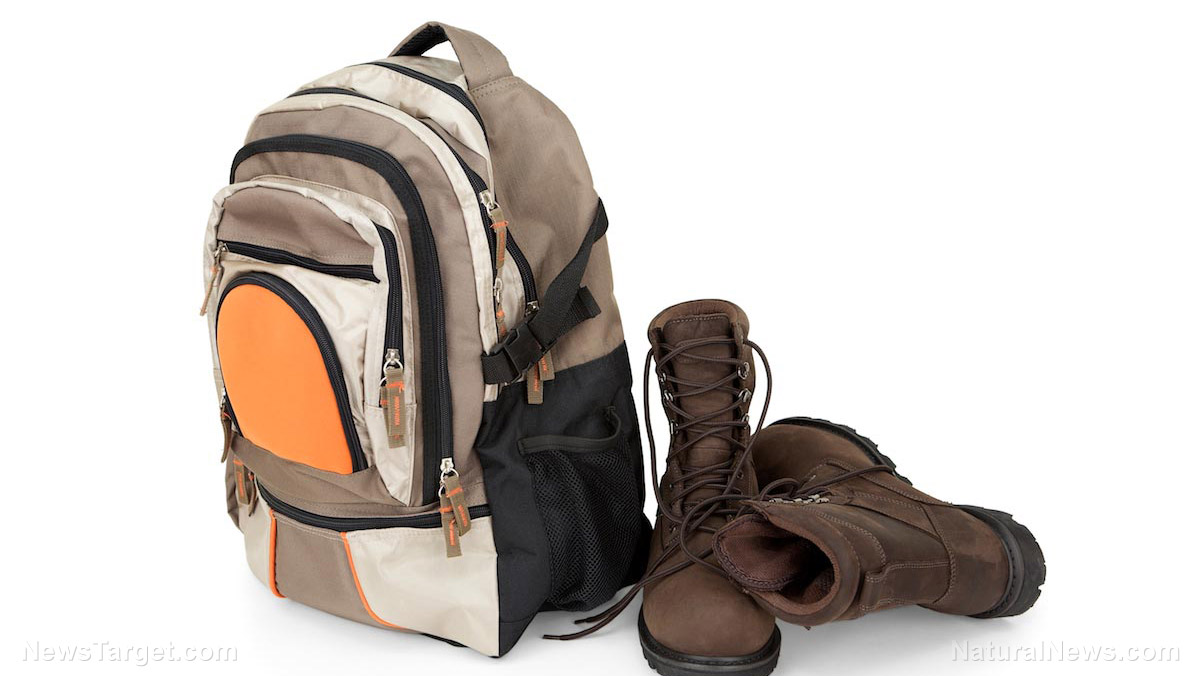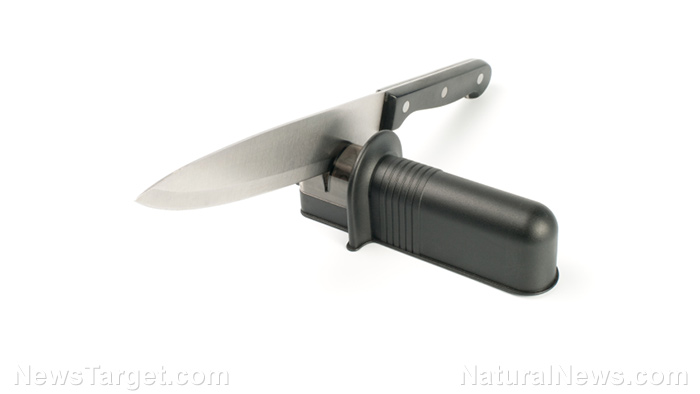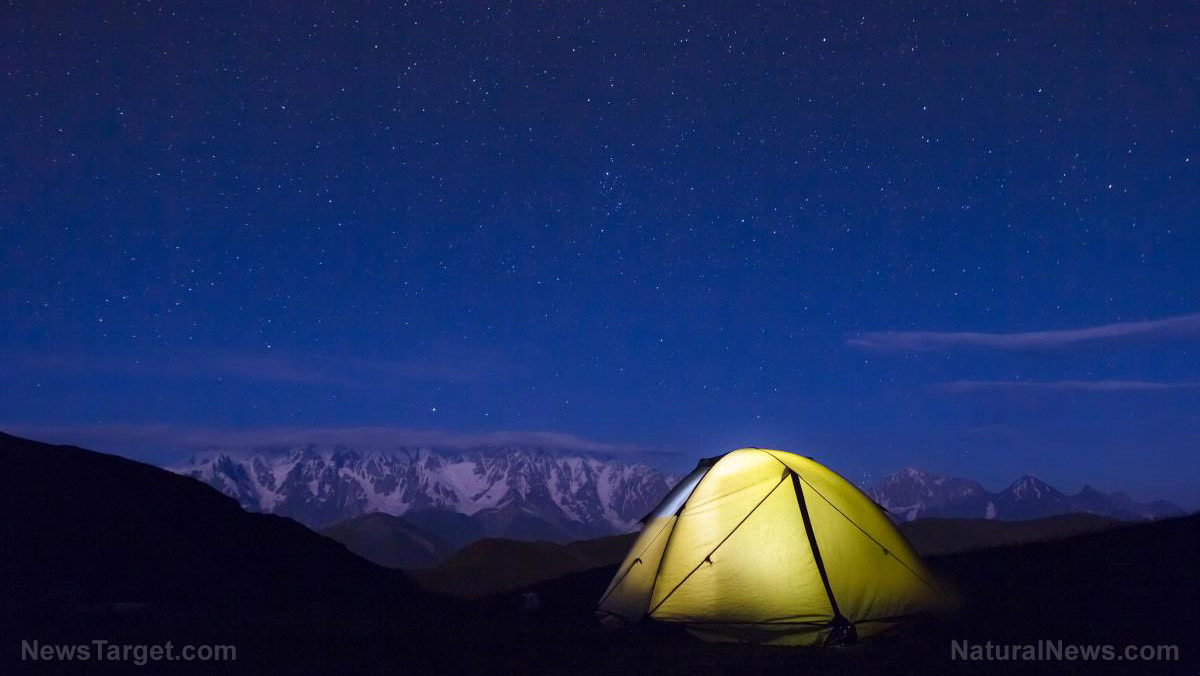Preppers beware: 8 Things that can easily kill you when SHTF
03/07/2020 / By Darnel Fernandez

A responsible prepper would normally be prepared to deal with almost any survival situation – with all the food they can stockpile and the proper defenses necessary. However, disasters can be unpredictable, and despite your best efforts, you might still get the short end of the stick and perish when SHTF. (h/t to ModernSurvivalOnline.com)
Easy ways to die when SHTF
While survival isn’t always guaranteed when SHTF, being on guard and having the awareness of what’s dangerous and what’s not is important. Below are a few things that can easily get you killed if you get caught in a disaster.
Complacency
Complacency is a killer that can creep up on you before disaster even hits. Also known as normalcy bias, this is a psychological state of denial that people enter when faced with a disaster. This causes people to underestimate the possibility of disasters even happening in their area with statements ranging from “It’ll never happen here” to “It won’t happen to me.” Complacency is also the little voice that tells you that you’re prepared enough to handle any threat and that you should start to take it easy with all the prepping.
As for the end result, you could be caught ill-prepared or even unaware of the disaster. You would be working solely on reaction, trying to figure out what to do in your situation on the fly – things you should have prepared for long ago. Being complacent can lead to your own demise. Always follow whatever safety protocols you’ve lain down for yourself and get out of dodge before it’s too late.
Gunshot
Many preppers get a gun to protect themselves, their families and their homestead from potential invaders. Others carry around a handgun just in case things get dicey. That said, your chances of encountering someone armed with a gun is surprisingly high. Getting shot, on the other hand, can be more about being at the wrong place at the wrong time.
Gunshot wounds are often quite serious, leading to excessive bleeding, organ damage and even broken bones depending on how hard the impact is and if it hit a vital body part. While handgun wounds are survivable when nursed as soon as possible, shots from heavier weapons like shotguns and rifles would most likely lead to certain death.
Mutiny
When SHTF, sometimes it might be best to work together with your neighbors to secure a solid footing and survive as a community. However, humans are fickle creatures; you’ll never really know who to trust. For many, their own survival will come first over the survival of others. This means that an untrustworthy person could betray you at any given moment if they could boost their own survival rate in the process. This could come in the form of someone desperate to steal supplies meant for the community or even someone just having a severe mental breakdown over the stress. Clashing personalities could lead to constant disputes, some of which might prove fatal.
Even if you decide to cast out the troublemakers, it’s still possible for them to come back with a vengeance — placing both yours and the community’s lives at risk.
Exposure
Exposure to the elements can be one of the easiest ways to die in SHTF. Hypothermia, for instance, can be deadly in a variety of scenarios. If you’re outdoors without any shelter nearby or means to build a fire, it wouldn’t be long before the cold grip of death takes you away. You don’t even need to get wet to succumb to hypothermia. Your sweat from trudging around in the wilderness will be enough to soak your body, letting wind take away heat more effectively. (Related: Survival first aid: How to prevent and treat hypothermia when SHTF.)
For those living in drier areas, heat can be an effective killer if you’re unprepared. Walking around the wilderness without sufficient training, clothing and proper management of fluid intake is a one-way trip to dehydration and death. Dehydration, on its own, is notoriously deadly. While it takes a few days to fully succumb to it, the experience before death can be agonizing. It starts with physical manifestations: cramps, headache and nausea. Before long, you start to become delirious, gaining a sense of detachment that keeps you from thinking straight, hampering your ability to hunt for a water source.
Drowning
While water can give life and hope in an SHTF situation, there will be times when it is also a cruel mistress. The risk of drowning can happen in any body of water, especially rivers with rushing water. Those foolish enough to brave the currents without proper equipment are often the ones who perish. When crossing any sort of river or lake, you must stay vigilant to be ready for anything.
Flash flooding can also be extremely deadly, regardless of being prepared or not. This type of flooding can turn a canyon into a rushing river within minutes so it’s always best to stay on the high ground to avoid being swept away.
Disease
In an SHTF scenario, most healthcare facilities would probably shut down within the first few weeks. In the same vein, drugstores would be picked clean by frantic buyers looking to stock up just in case. Because of this, unless you have your own stockpile of medicines and medicinal home remedies available, you’re extremely limited in what you can access if you get sick. Catching an illness that could incapacitate you in SHTF could lead you to your demise. That runny nose could actually become much worse if you don’t act quickly to remedy it.
An untimely demise always seems to be just around the corner in any disaster scenario. While it’s important for preppers to prepare for any situation, it is equally as important to pay attention to what could potentially kill you. Learn strategies that can help save your life at Survival.news.
Sources include:
Tagged Under: complacency, death, Disasters, drowning, emergencies, firearms, gunshot wound, hypothermia, normalcy bias, panic, preparedness, prepper, prepping, self-defense, SHTF, survival, survivalist
RECENT NEWS & ARTICLES
COPYRIGHT © 2018 SURVIVALGEAR.NEWS
All content posted on this site is protected under Free Speech. SurvivalGear.news is not responsible for content written by contributing authors. The information on this site is provided for educational and entertainment purposes only. It is not intended as a substitute for professional advice of any kind. SurvivalGear.news assumes no responsibility for the use or misuse of this material. All trademarks, registered trademarks and service marks mentioned on this site are the property of their respective owners.



